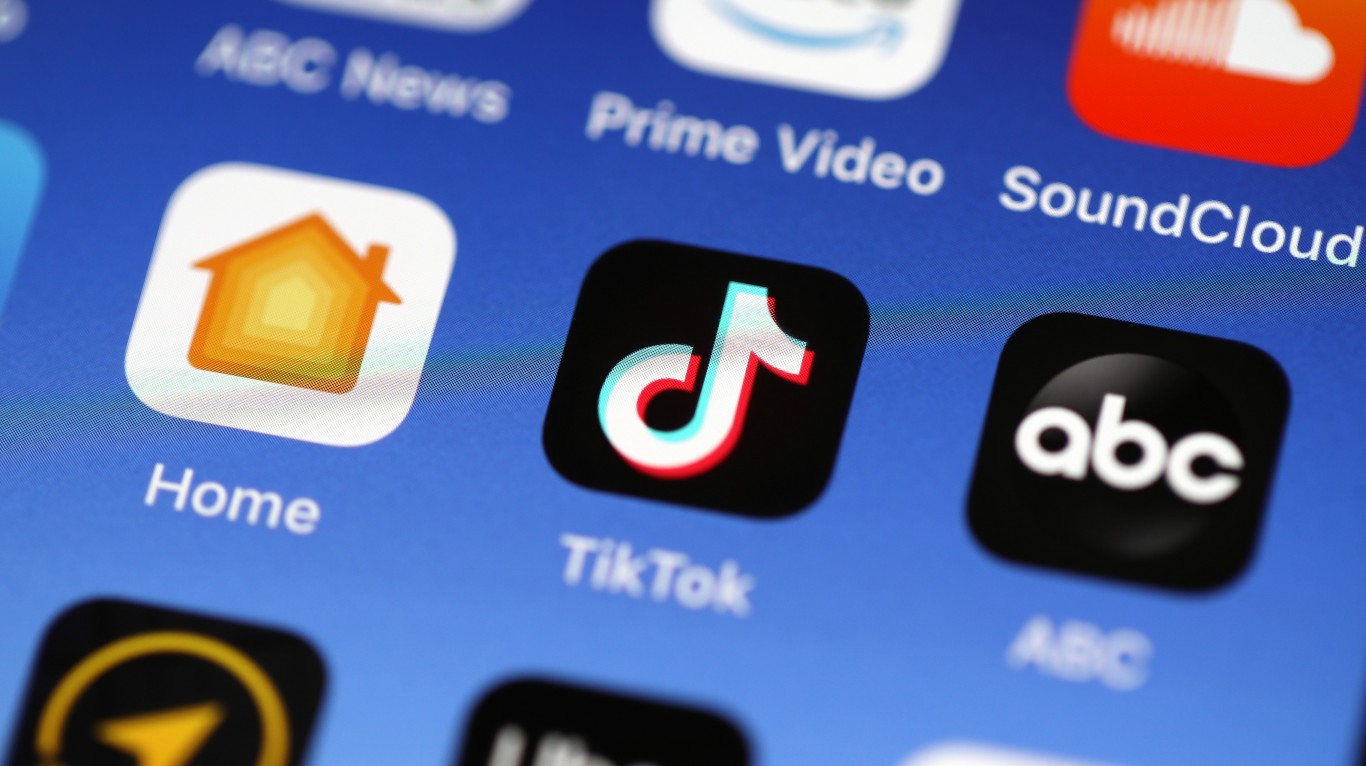 Traders rarely make mistakes as bad as the one they made when they pushed newspaper stocks higher early in the year.
Traders rarely make mistakes as bad as the one they made when they pushed newspaper stocks higher early in the year.
Shares in companies such as the New York Times (NYSE: NYT), Gannett (NYSE: GCI) and McClatchy (NYSE: MNI) moved up sharply early on. But those stocks are down between 10% and 50% for 2011. The balloon of hope that digital revenue and lower costs would rescue the industry has popped. Digital sales have not nearly matched the attrition in print revenue. Some newspaper companies have had difficulties driving digital revenue up compared to numbers from 2010.
The theory behind the aggressive purchase of newspaper stocks actually fails into three areas. The first is that large companies like the New York Times would make share market gains in the revenue from online ads and digital subscriptions — the so-called pay wall. The next is that newspapers could shrink their print subscription bases and retreat to geographic areas in which only subscribers who would pay premiums reside. The third, and most radical, is that some papers could discontinue seven-day-a-week delivery schedules. These papers could keep print subscribers if they only printed and delivered papers three or four days a week. Readers would go online to get news on the other days.
The weakness behind these notions has to do with the way people get news now. There are enough news sites, many of them local, that readers have a number of options when they look for news and entertainment content. The other expectation of publishers is that they could shrink their way to profits. However, print revenue continued to fall more rapidly than costs. Papers have to keep some level of newsroom staff in order to remain viable sources of local news. Presses still have to run. Trucks still have to deliver.
The hope that digital media would save newspapers turned out to be false. If anything, the availability of large amounts of information online undermined the industry as much as anything else.
Douglas A. McIntyre
In 20 Years, I Haven’t Seen A Cash Back Card This Good
After two decades of reviewing financial products I haven’t seen anything like this. Credit card companies are at war, handing out free rewards and benefits to win the best customers.
A good cash back card can be worth thousands of dollars a year in free money, not to mention other perks like travel, insurance, and access to fancy lounges.
Our top pick today pays up to 5% cash back, a $200 bonus on top, and $0 annual fee. Click here to apply before they stop offering rewards this generous.
Flywheel Publishing has partnered with CardRatings for our coverage of credit card products. Flywheel Publishing and CardRatings may receive a commission from card issuers.
Thank you for reading! Have some feedback for us?
Contact the 24/7 Wall St. editorial team.




